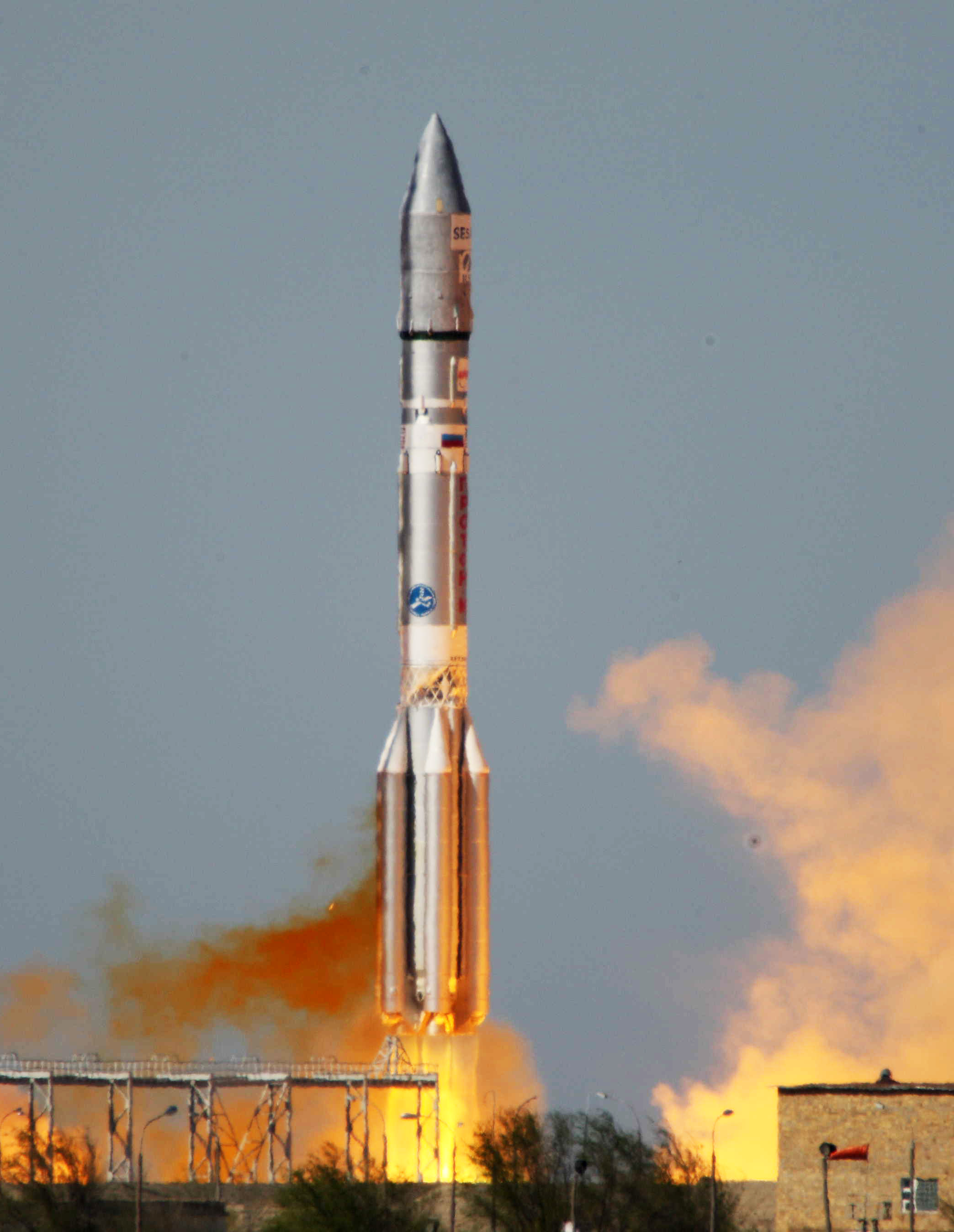SES-1 Satellite For U.S. Put Into Orbit
SES World Skies announced Saturday the successful launch of the SES-1 satellite, which will provide coverage of the 50 U.S. states and is intended to replace SES's existing AMC-2 and AMC-4 satellites.
SES-1 was manufactured by Orbital Sciences and launched by International Launch Services (ILS) on board a Proton Breeze M booster from the Baikonour Cosmodrome in Kazakhstan on April 24 at 17:19 p.m. local time. Eight hours and 58 minutes after lift-off the spacecraft separated from the Breeze M upper stage and was placed into geostationary orbit, and initial signals from SES-1 were received at a control station in Perth, Australia, according to SES World Skies.

SES World Skies, which has U.S. headquarters in Princeton, N.J., was created through the combination in 2009 of the former SES New Skis and SES Americom divisions.
SES-1 -- the 42nd satellite in SES's global fleet -- is a hybrid C- and Ku-band spacecraft that will replace SES's existing AMC-2 and AMC-4 satellite at the orbital location of 101 degrees West. The satellite carries 24 active C-band and 24 Ku-band transponders of 36 MHz capacity each; six of the channels in each band can be cross-strapped to the opposite band, enabling new service capability.
"SES-1 is an integral part of our fleet-renewal program over North America," president and CEO Rob Bednarek said in a statement. "The flawless launch of SES-1 will allow us to ensure uninterrupted service for a variety of valued customers at the key orbital position of 101 degrees West."
SES-1 is part of an SES contract with Orbital Sciences for the provision of up to five virtually identical satellites in order to replenish SES' North American satellite fleet.
The smarter way to stay on top of the multichannel video marketplace. Sign up below.
